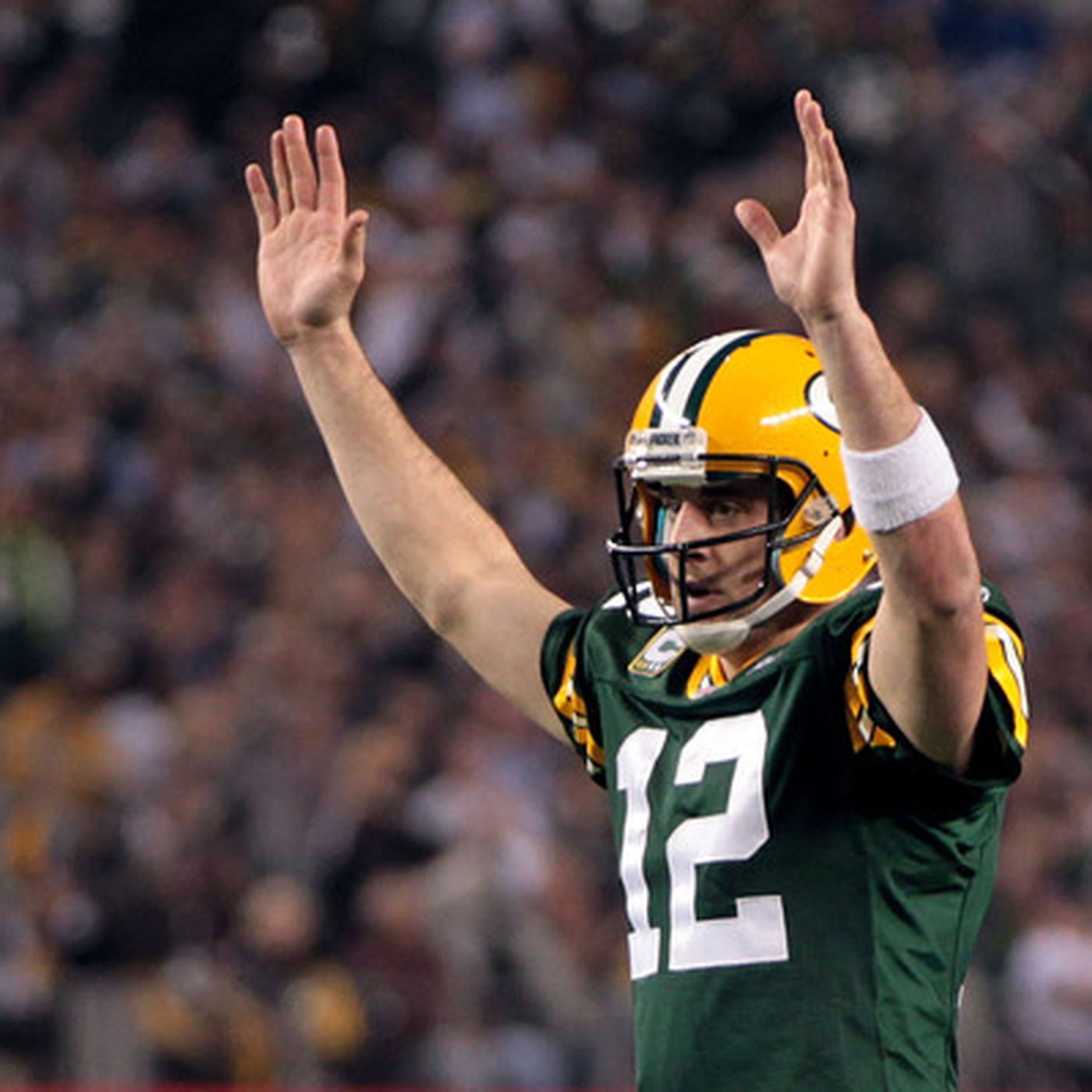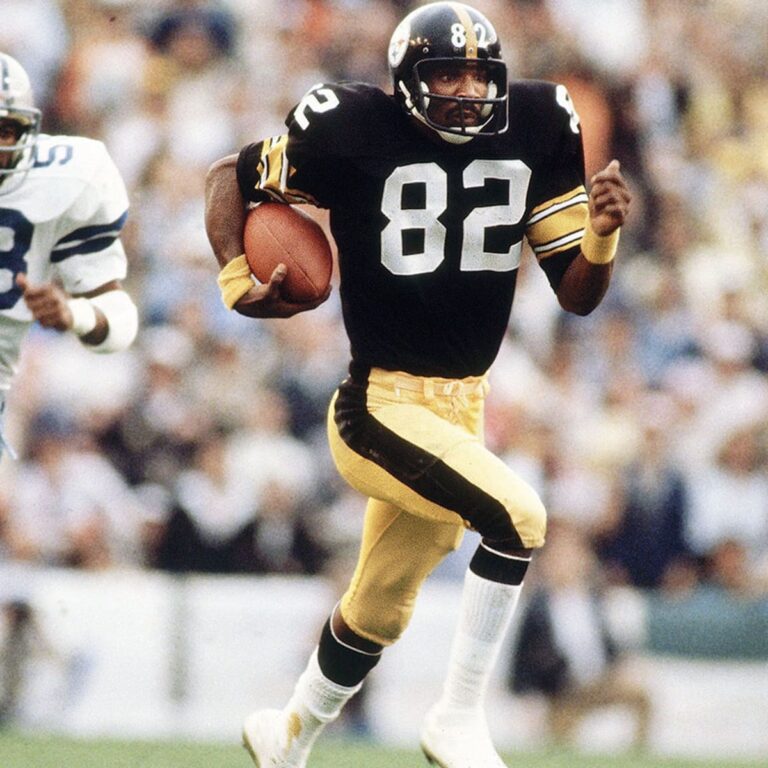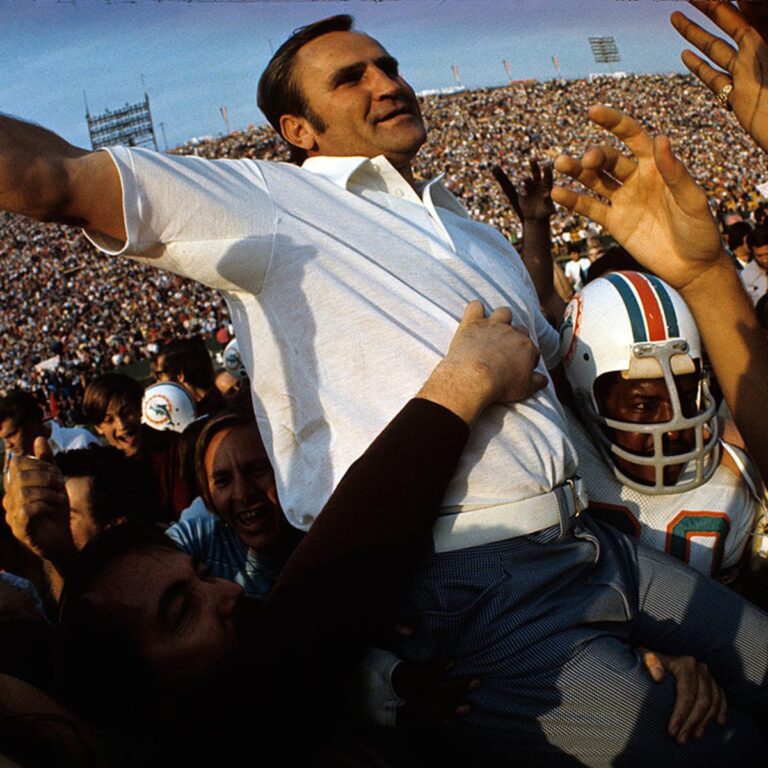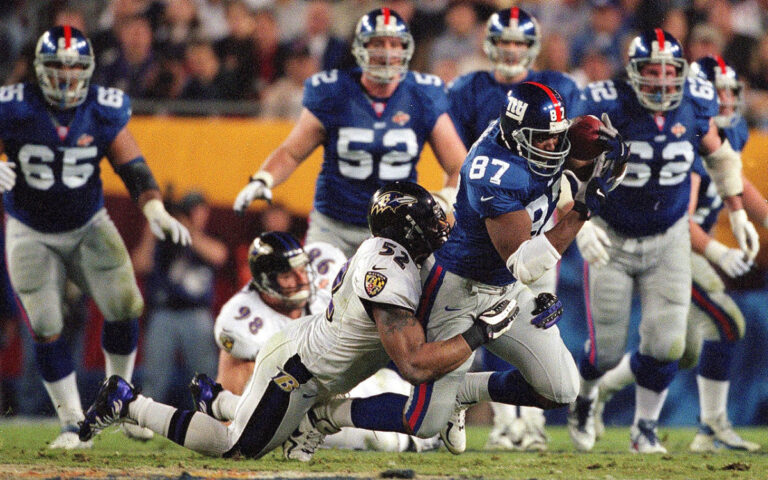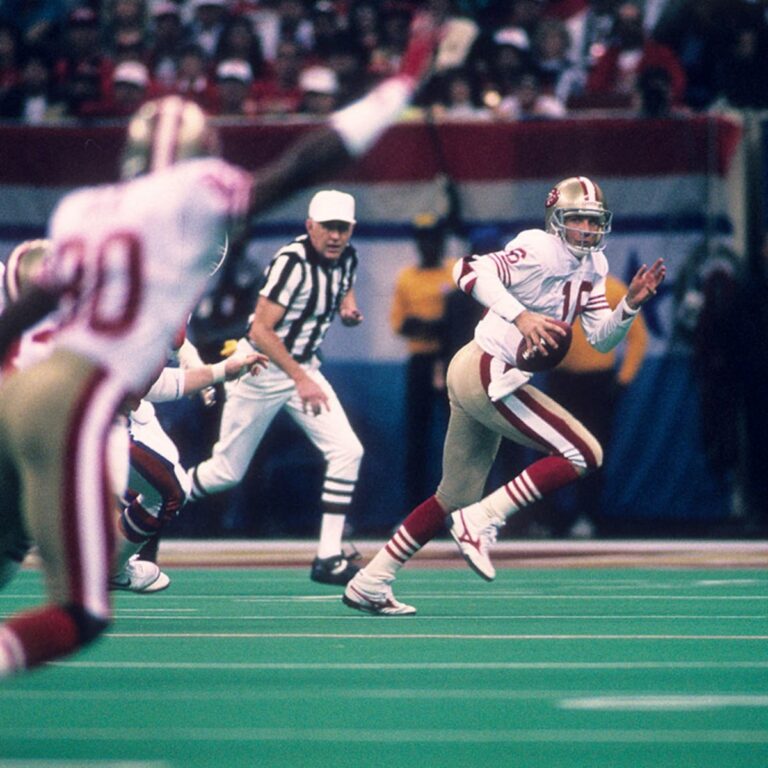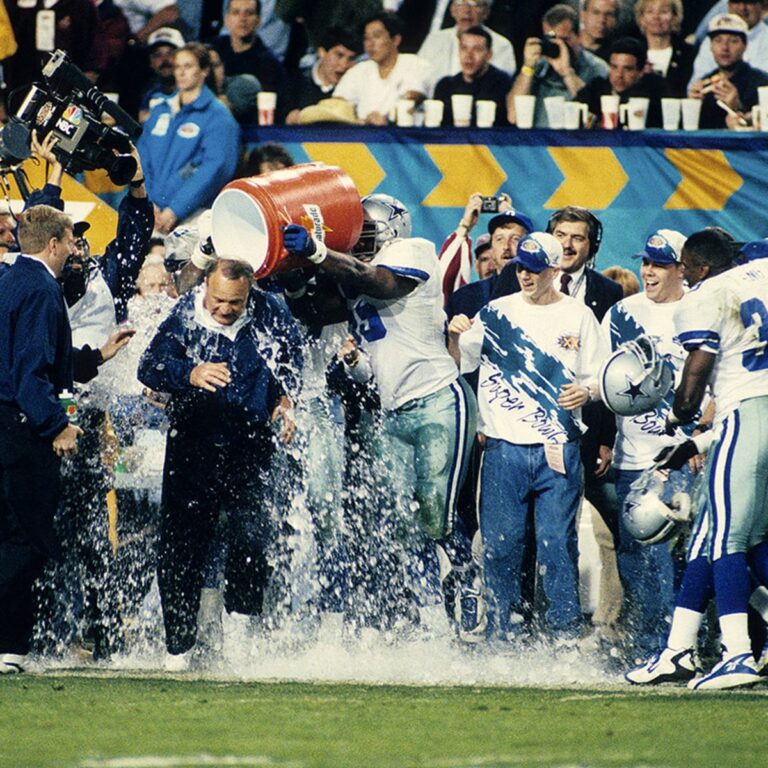Super Bowl XLV: Packers vs. Steelers – Rodgers’ Rise, Defensive Dominance, and the Frozen Triumph in Big D
Introduction:
Super Bowl XLV, held on February 6, 2011, at AT&T Stadium in Arlington, Texas, showcased a clash between two storied franchises – the Green Bay Packers and the Pittsburgh Steelers. Beyond the spectacle of the game, Super Bowl XLV marked Aaron Rodgers’ ascent to stardom, a battle of defensive titans, and a frozen triumph in the heart of Texas. In this blog post, we delve into the narrative of Super Bowl XLV, highlighting Rodgers’ heroics, defensive dominance, and the historic frozen showdown in Big D.
The Context:
Super Bowl XLV unfolded during a season that saw the Green Bay Packers, led by head coach Mike McCarthy and emerging star quarterback Aaron Rodgers, navigate a challenging path to championship contention. On the other side, the Pittsburgh Steelers, under the guidance of head coach Mike Tomlin and quarterback Ben Roethlisberger, sought to add another Lombardi Trophy to their storied franchise.
The Teams and Players:
The Packers, known for their iconic history and the leadership of Brett Favre in previous years, had transitioned to a new era with Aaron Rodgers at the helm. Rodgers, often shadowed by Favre’s legacy, aimed to establish his own mark on the franchise. The Steelers, with their renowned “Steel Curtain” defense, presented a formidable challenge for Rodgers and the Packers’ offense.
The Game Unfolds:
Super Bowl XLV began with the Packers seizing an early lead, thanks to a touchdown pass from Rodgers to Jordy Nelson. The Steelers responded with a touchdown of their own, setting the stage for a closely contested battle. The first half saw both teams exchanging blows, and the Packers held a narrow 21-17 lead at halftime.
The third quarter witnessed a defensive struggle, with both teams failing to add points to the scoreboard. The intensity heightened as the Steelers aimed to mount a comeback in the final quarter. In the end, it was the Packers’ defense that secured a crucial interception, allowing them to hold on for a 31-25 victory.
Aaron Rodgers’ Ascendancy:
Super Bowl XLV was a defining moment for Aaron Rodgers, who had spent years proving himself as a worthy successor to Brett Favre. In the championship game, Rodgers showcased his poise, accuracy, and playmaking ability. His three touchdown passes, including a crucial connection with Greg Jennings, not only propelled the Packers to victory but also solidified Rodgers’ status as an elite quarterback.
The Super Bowl MVP award rightfully went to Rodgers, marking the beginning of an era of sustained success for both the quarterback and the Green Bay Packers. Rodgers’ ascendancy to Super Bowl champion and MVP set the stage for a career that would later include multiple accolades and a place among the all-time greats.
Defensive Duel:
While the offensive prowess of Rodgers and the Packers garnered attention, Super Bowl XLV also featured a defensive duel between two formidable units. The Steelers’ defense, known for its physicality and playmaking ability, faced off against the Packers’ defense, led by playmakers like Clay Matthews and Charles Woodson.
The game saw critical turnovers, timely sacks, and defensive stands that added a layer of drama to the championship clash. The Packers’ defense, in particular, rose to the occasion with a game-sealing interception in the fourth quarter, highlighting the importance of defensive contributions in championship scenarios.
Frozen Triumph in Big D:
Super Bowl XLV earned the moniker of the “Frozen Bowl” as the game was played in the climate-controlled AT&T Stadium, which faced unusual winter weather conditions. The icy temperatures, snowfall, and freezing winds added a unique element to the championship spectacle. The frozen triumph in Big D became a memorable chapter in Super Bowl history, showcasing the resilience of players and fans alike in the face of unexpected weather challenges.
The wintry backdrop of Super Bowl XLV added a layer of drama and visual spectacle to the game, creating enduring images of players battling the elements in pursuit of football glory. The frozen triumph became a testament to the unpredictable nature of sports and the ability of athletes to adapt to adverse conditions.
Halftime Show and Cultural Impact:
Super Bowl XLV’s halftime show featured a performance by The Black Eyed Peas, bringing a contemporary and energetic musical experience to the grand stage. The halftime show, while receiving mixed reviews, added a cultural touch to the overall spectacle of the Super Bowl.
Conclusion:
Super Bowl XLV remains a pivotal chapter in NFL history, marked by Aaron Rodgers’ ascendancy, a defensive duel, and the frozen triumph in Big D. The game showcased the resilience and adaptability of players in the face of adverse weather conditions and added another layer to the rich tapestry of Super Bowl narratives.

